At What Weight Should I Use a Belt for Deadlifts?
Deadlifts build strength in the lower back, glutes, hamstrings, and core. They can be risky if performed incorrectly. A belt for deadlifts can improve safety and performance. It’s especially useful when lifting heavy weights. But when should you start using a belt?
Let's explore the right time to switch from beltless to belted lifting. We'll also cover the benefits of a belt and how to avoid common mistakes.
When to Start Using a Belt (Weight Thresholds and Training Level)
The decision to start using a belt for deadlifts depends on your lifting experience, body weight, and the amount of weight you're lifting. Here are some guidelines to help you determine when to add a belt to your routine.
-
Beginners (0–1.5x Body Weight)
If you're new to deadlifting or still focusing on perfecting your form, you don't need a belt right away. Your primary goal should be mastering technique and strengthening your core. A belt is generally unnecessary for lifters lifting weights less than 1.5 times their body weight. As your lifts get heavier, it's time to consider using a belt
-
Intermediate Lifters (1.5–2x Body Weight)
Once you start lifting around 1.5 to 2 times your body weight, you should begin incorporating a belt for deadlifts in your heavier training sets. At this stage, a belt can help stabilize your lower back and prevent injury while lifting heavier loads.
- Advanced Lifters (2x+ Body Weight) A belt becomes an essential piece of equipment for those lifting 2 times their body weight or more. At this level, the risk of injury increases with heavy lifts, and using a belt will help protect your lower back by increasing intra-abdominal pressure and stabilizing your spine.
Benefits of Using a Belt for Heavy Lifts
A belt for deadlifts offers several key benefits, especially when lifting heavy weights:
An article from Self magazine highlights that lifting belts helps create intra-abdominal pressure, stabilizing the core during heavy lifts and enabling lifters to handle heavier weights while protecting their spine.
Increased Stability: The belt increases intra-abdominal pressure, which helps stabilize your spine. This added stability allows you to lift more safely and with greater control.
Better Posture: Wearing a belt helps you maintain proper posture while lifting, ensuring your back stays neutral, thus reducing the risk of injury.
Core Support: A lifting belt enhances core strength by providing external pressure. This makes it easier to maintain proper form and reduces strain on your lower back during heavy lifts.
Improved Performance: A belt supports the core and lower back, enabling you to lift more weight safely and ultimately improving your deadlift performance.
How to Properly Use the Belt?
You must use it correctly to get the most out of your belt for deadlifts. Here's a step-by-step guide to proper belt use:
Positioning: Wrap the belt around your waist, covering the navel area. The buckle should be centered in front of you.
Tightness: The belt should be tight but not so tight that it restricts breathing or movement. You should be able to push your stomach into the belt as you brace your core.
When to Wear It: Wear the belt only for your heaviest sets, particularly near your one-rep max (1RM). Avoid wearing it for warm-ups or light sets, as it can limit your natural core development.
Breathing: When lifting, take a deep breath into your belly, brace your core, and push your stomach into the belt. This increases intra-abdominal pressure, providing better support.
Identifying the Right Moment to Switch from Beltless to Belted Lifting
Knowing when to switch from beltless to belted lifting is essential. Here are a few signs that indicate it's time to wear a belt:
Heavy Lifts: When your lifts approach 85-90% of your 1RM, it's a good time to add the belt for support.
Increased Lower Back Strain: If you start feeling a strain in your lower back during heavy lifts, it may be time to add a belt. The belt helps reduce this strain by providing external support.
Poor Form: If your form begins to break under heavier weights (such as rounding your back), using a belt can help you maintain proper posture and reduce injury risk.
Common Deadlifting Belt Mistakes and How to Avoid Them
A forum discussion on Strong First emphasizes that misusing a lifting belt, such as wearing it too loose or relying on it prematurely, can lead to ineffective training and potential injuries.While a belt for deadlifts can enhance performance, it's important to avoid common mistakes:
Wearing It Too Loose: A loose belt will provide little support. Ensure the belt is snug enough to create intra-abdominal pressure but not so tight that it restricts breathing.
Using the Belt Too Early: Don't rely on the belt for every lift. Using it too early can hinder your core development. Only use it for heavy sets or when lifting close to your 1RM.
Incorrect Positioning: Ensure the belt sits on your waist, around your midsection. Avoid positioning it too high or too low on your body.
Neglecting Form: A belt is not a substitute for good form. Always focus on proper technique, especially during the setup and execution of your deadlifts.
How Deadlifting Belts Enhance Performance for Strongman Competitions
In strongman competitions, athletes regularly lift massive weights. Here's how a belt for deadlifts enhances performance:
Support for Heavy Loads: Strongman competitors often face extreme lifting loads. The belt helps stabilize the spine, preventing injury while lifting heavy weights.
Improved Force Transfer: The belt enhances power transfer from your legs to the bar, enabling athletes to lift more efficiently.
Reduced Injury Risk: Strongman athletes face significant injury risks when lifting massive weights, making supportive belts essential equipment for reducing injury potential during high-intensity lifts. A belt provides critical support to help reduce the risk of injury in high-intensity situations.
Best Belts for Deadlifts
Choosing a durable and supportive option is essential when selecting a deadlift belt. Here are two of the best belts for deadlifts:
1. Body Reapers Lever Belt
The Body Reapers Lever Belt is a highly durable and supportive option for deadlifts. It features a lever buckle for quick and secure adjustments, allowing you to easily tighten or loosen the belt. This belt provides excellent back support and stability during heavy lifts, making it ideal for those lifting 1.5 times their body weight.
2. Leather Prong Belt
The Leather Prong Belt offers a more traditional feel. It is constructed from high-quality leather for durability. It has a prong buckle for a snug fit and solidly supports heavy deadlifts. This belt is designed to last and offers excellent core support for lifters looking to enhance their lifting performance.
The Science Behind Wearing A Belt for Deadlifts
The science of wearing a belt for deadlifts revolves around intra-abdominal pressure. Bracing your core and pushing your stomach into the belt creates pressure within your abdominal cavity. This pressure helps stabilize the spine and reduces the risk of injury during heavy lifts. Additionally, the belt helps to distribute the load more effectively across your body, allowing you to lift more weight with greater control.
FAQs Belt for Deadlifts?
Q: Should You Wear a Belt for Deadlifts?
A: Yes, especially for heavy lifts. A belt helps stabilize your core and protect your lower back.
Q: Should I Get a 10mm or 13mm Belt?
A 10mm belt is more flexible and suitable for general lifting, while a 13mm belt provides more rigid support, making it better for heavy deadlifts.
Q: Why Do People Wear Belts When Lifting Heavy?
A:People wear belts to increase intra-abdominal pressure, stabilize the spine, and reduce the risk of injury during heavy lifts.
Q: Why Do I Have Lower Back Pain After Deadlifts?
A: Lower back pain could be caused by poor form, lifting too heavy without proper support, or lack of core engagement.
Q:How Many Reps for Deadlift?
A: Aim for 3-5 reps at 80-85% of your 1RM for strength. Aim for 6-12 reps at 65-75% of your 1RM for hypertrophy.
Conclusion
A deadlift belt is crucial for heavy lifting, as it provides core support, improves performance, and reduces injury risk. Knowing when to start using a belt and how to use it correctly will help you lift safely and effectively. Whether you choose the Body Reapers Lever Belt or the Leather Prong Belt, both options provide excellent support to help you maximize your lifting potential.
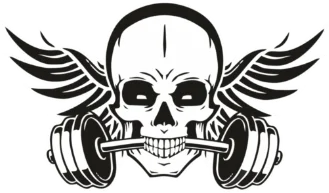
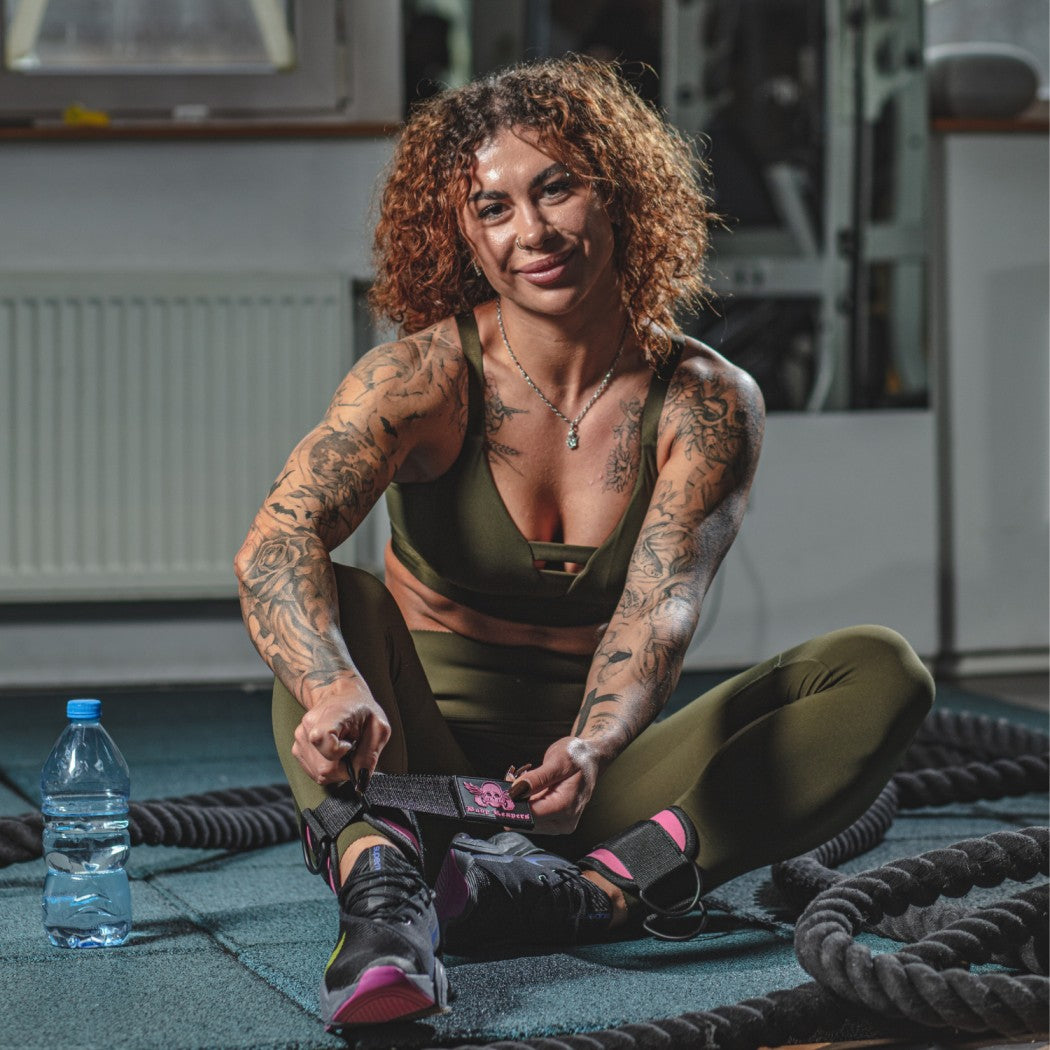
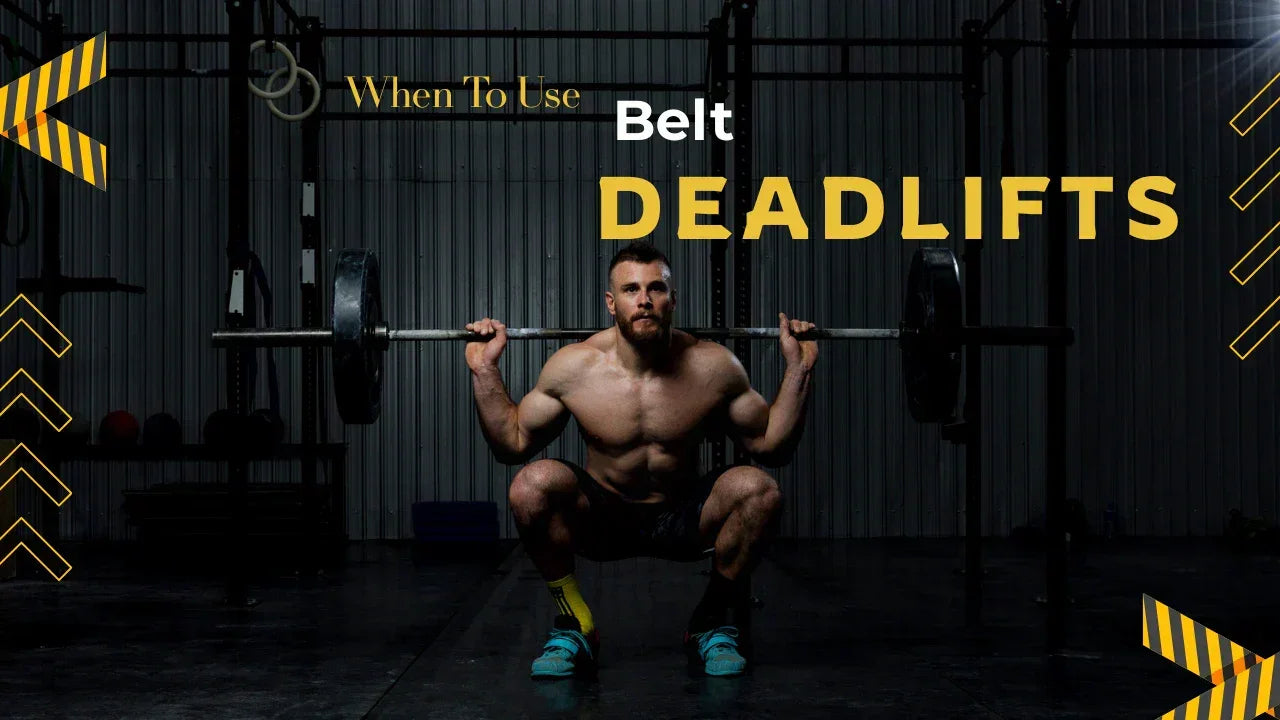
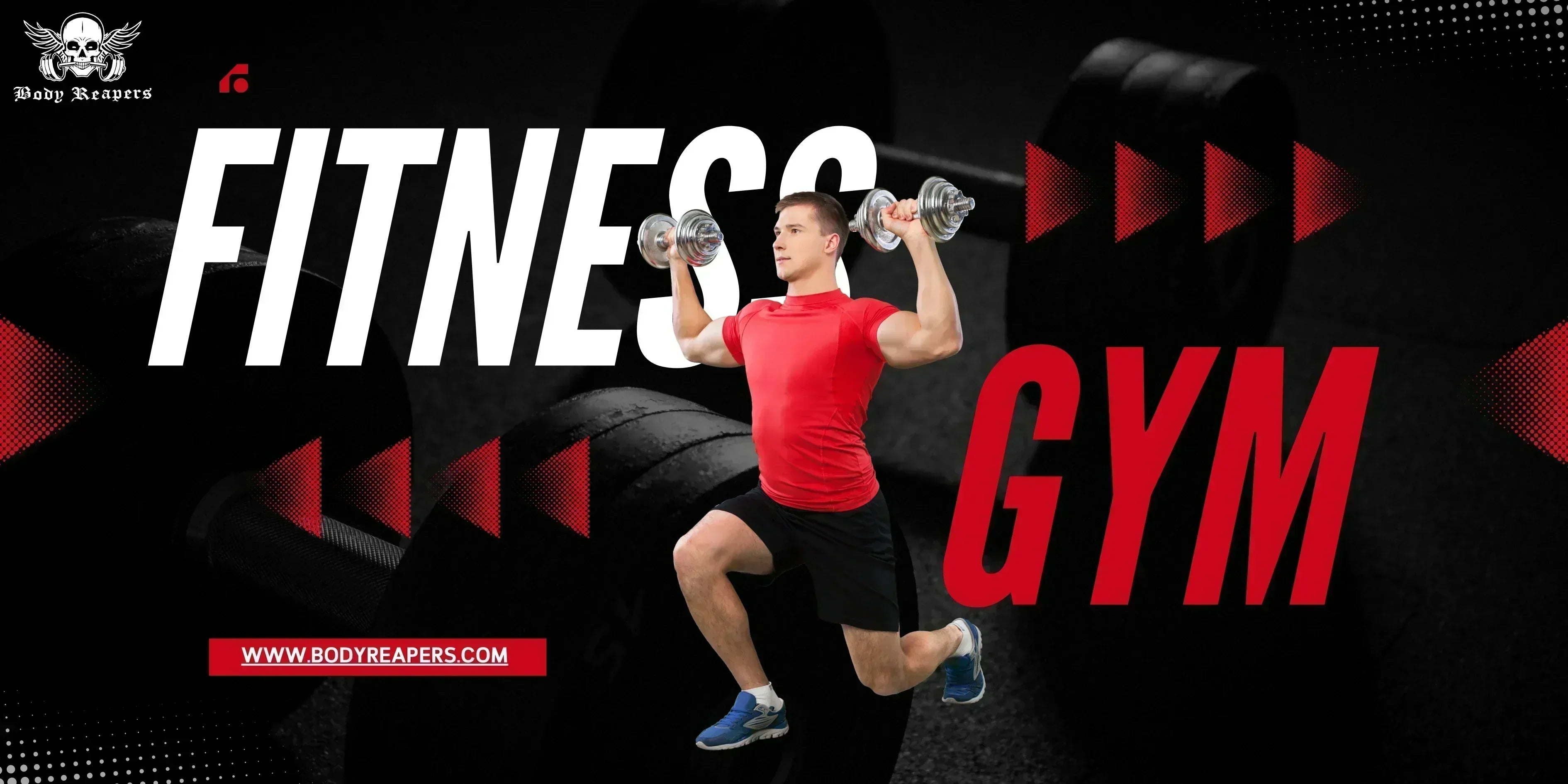
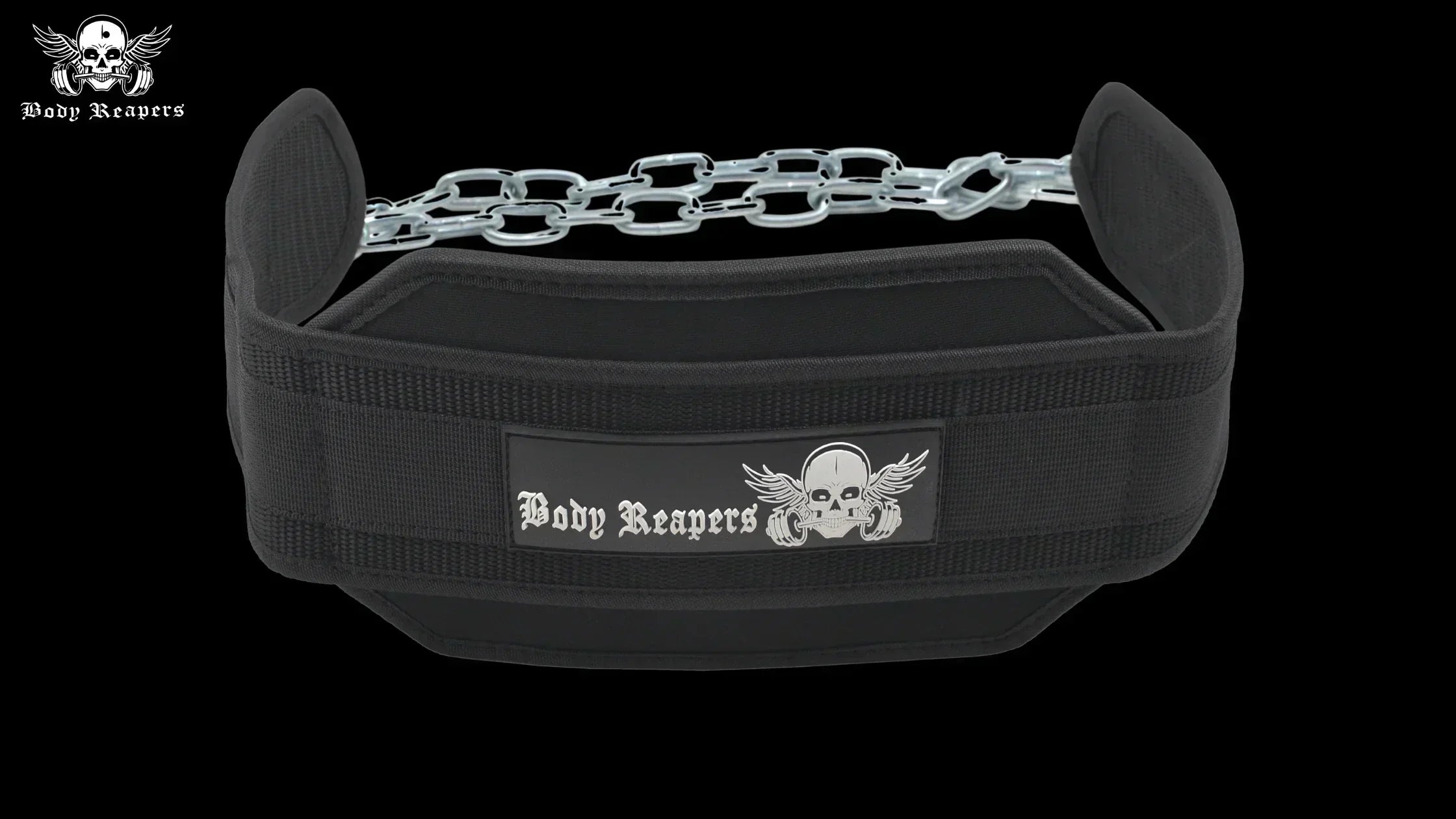
Leave a comment
This site is protected by hCaptcha and the hCaptcha Privacy Policy and Terms of Service apply.